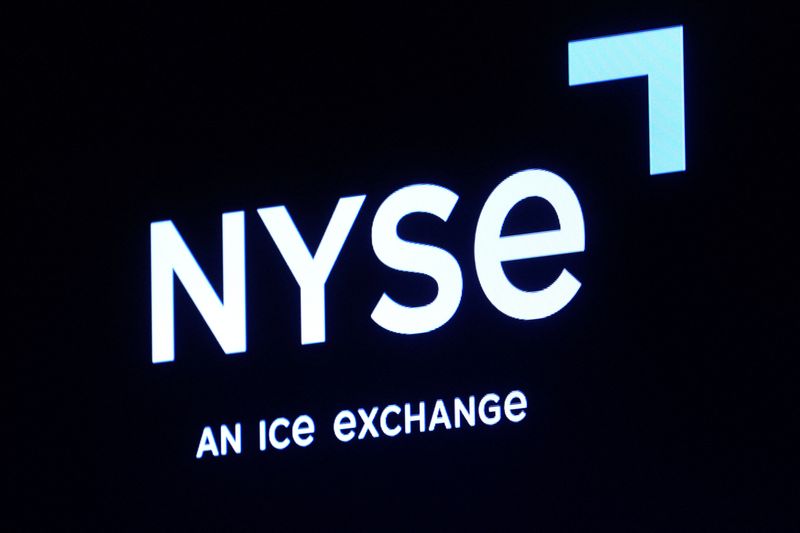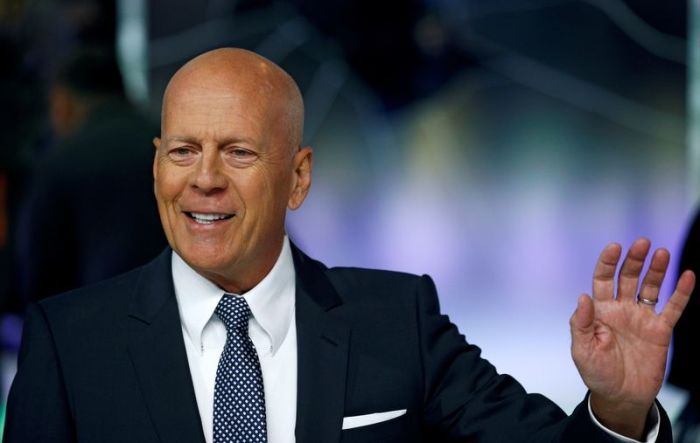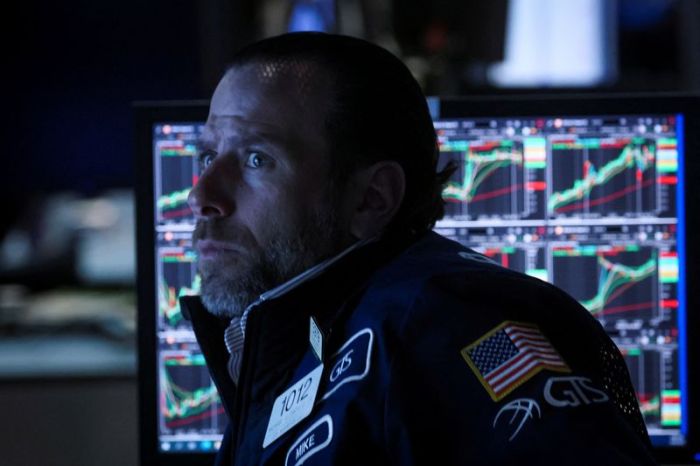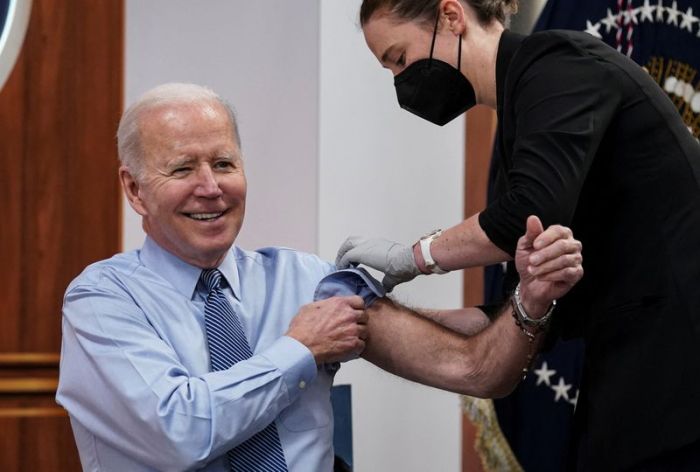NEW YORK (Reuters) – U.S. stocks fell on Wednesday, with the Dow and S&P 500 snapping four-session winning streaks, on waning signs of progress for peace talks between Ukraine and Russia against a backdrop of a hawkish Federal Reserve curbing economic growth.
Russian forces bombarded the outskirts of Kyiv and a besieged city in northern Ukraine, a day after promising to scale down operations.
The S&P has rebounded more than 5% in March after starting the year with two straight monthly declines. Still, the benchmark index is on track for its first quarterly decline since the first quarter of 2020, when the COVID-19 pandemic in the United States was reaching full swing.
Stock prices have reacted to headlines about negotiations to resolve Russia’s invasion of Ukraine. Prices for commodities such as oil and metals have surged since the invasion, intensifying already-high U.S. inflation.
“Ukraine is the controlling narrative for this market, if we are going to get a settlement and we get the potential from that settlement for lower energy prices, which is really the key, and then some sort of return to normalcy in terms of the world economy that is a real positive for the market,” said Rick Meckler, partner at Cherry Lane Investments in New Vernon, New Jersey.
“If not, we are going to continue to just go back and forth here as the market tries to digest who the winners and losers are because there are a lot of unintended consequences coming out of this war,” Meckler added.
The Dow Jones Industrial Average fell 65.38 points, or 0.19%, to 35,228.81, the S&P 500 lost 29.15 points, or 0.63%, to 4,602.45 and the Nasdaq Composite dropped 177.36 points, or 1.21%, to 14,442.28.
As inflation intensifies, so does speculation the Federal Reserve may get more aggressive in raising interest rates, which could put a damper on economic growth.
The S&P energy index was the leading sector on the plus side with a gain of 1.17%. It is up nearly 40% this year, which would mark its strongest quarterly performance ever.
The sector is currently one of only three that are positive on the year and has far outpaced the next closest performer in utilities, which are up nearly 4% on the year but closed at a record high for a fourth straight session.
Some investors have taken a defensive stance due to fears of excessive Fed tightening and recent signals in the bond market that often act as precursors to a recession.
Still, economic data continues to indicate a strong labor market. The ADP National Employment Report showed private payrolls rose by 455,000 jobs last month after advancing 486,000 in February. Investors will watch for Friday’s payrolls report.
Lululemon Athletica Inc surged 9.58% after forecasting full-year profit and revenue above estimates, as demand for athletic wear remains strong.
Volume on U.S. exchanges was 11.69 billion shares, compared with the 13.93 billion average for the full session over the last 20 trading days.
Declining issues outnumbered advancing ones on the NYSE by a 1.24-to-1 ratio; on Nasdaq, a 1.98-to-1 ratio favored decliners.
The S&P 500 posted 44 new 52-week highs and 1 new low; the Nasdaq Composite recorded 51 new highs and 47 new lows.
(Reporting by Chuck Mikolajczak; Editing by Will Dunham and David Gregorio)























